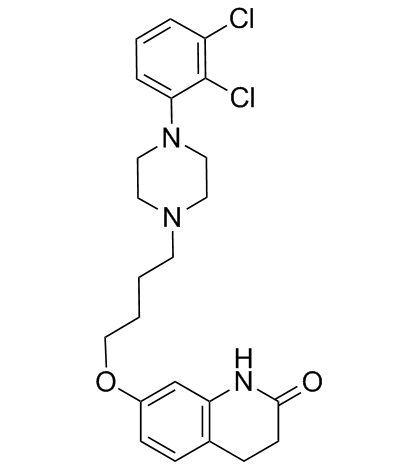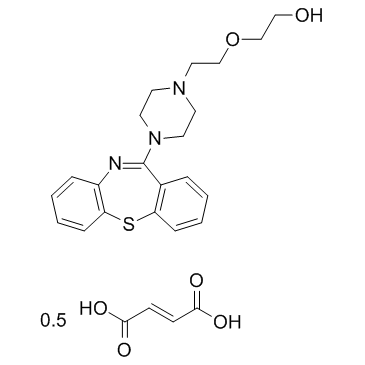| Structure | Name/CAS No. | Articles |
|---|---|---|
 |
Aripiprazole
CAS:129722-12-9 |
|
 |
Quetiapine Fumarate
CAS:111974-72-2 |